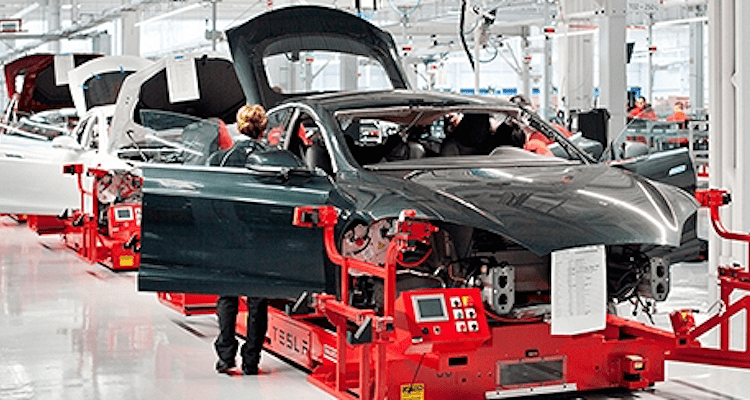The battery electric vehicles market is expected to account for 15% of global light vehicle production by 2024.
This would increase from 12% in 2023 and 10% in 2022, according to projections by S&P Global Mobility.
Overall, the electric vehicle market is steadily growing, experiencing a significant increase in demand.
Battery electric vehicle production increased to 10.2 million units in 2023 from 8.1 million units in 2022, driven primarily by growth in China.
By 2024, Statista projects China’s electric vehicle market revenue to reach $319 billion.
In addition, the market is projected to experience a steady 5.7% CAGR between 2024 and 2028, resulting in a projected market volume of US$398 billion by the end of that period.
China has been the world leader in both production and sales of electric vehicles.
The Chinese government has implemented support policies and subsidies to encourage the adoption of electric vehicles as part of its efforts to reduce air pollution and promote technological innovation.
Electric vehicle offerings in China range from small city cars to SUVs and commercial vehicles, with local manufacturers such as BYD, NIO and Xpeng Motors.
Electric Vehicles Market
Lear Corporation, a manufacturer of automotive components and electrical systems, believes that the growing demand for electrified vehicles is driven by numerous product offerings from traditional and non-traditional automakers, government requirements and incentives.
Other factors driving this trend are the internal goals of automakers and a growing segment of end consumers seeking alternatives to vehicles with traditional ICE architectures.
Meeting this demand requires greater use of electronically assisted and controlled propulsion systems and related components to improve fuel efficiency; the adoption of alternative energy propulsion systems, such as 48-volt mild hybrid, full hybrid, plug-in hybrid, and pure battery electric propulsion systems that facilitate vehicle electrification; and the use of lighter materials throughout the vehicle.

